Synthesis of ETN
ETN is a relatively simple, hobbyist explosive. It is not very shock or temperature sensitive, yet has a brisance of 1.6 that of Trinitrotoluene, which makes it a very useful explosive.For most situations, like removing a stump, you probably want to use a binary explosive like Ammonium Nitrate. But, this secondary explosive is useful for experimenting explosive cord and shaped charges. PETN is commonly used for explosive cord, as it’s a bit stronger, but ETN works well enough that a 10g cord can be used to cut a tree branch clean off.This is a detailed summary of a synthesis routine published by another chemist on YouTube.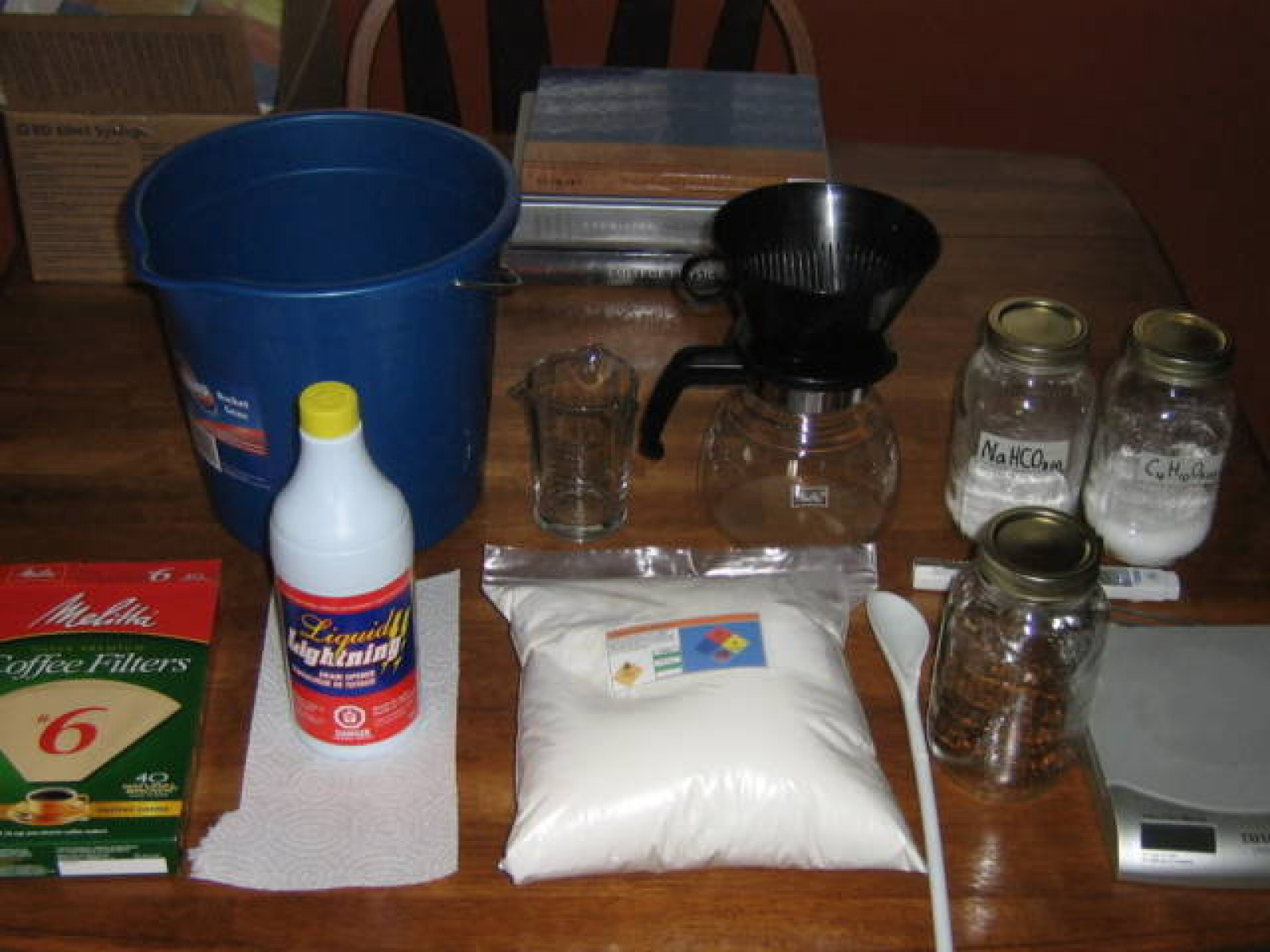
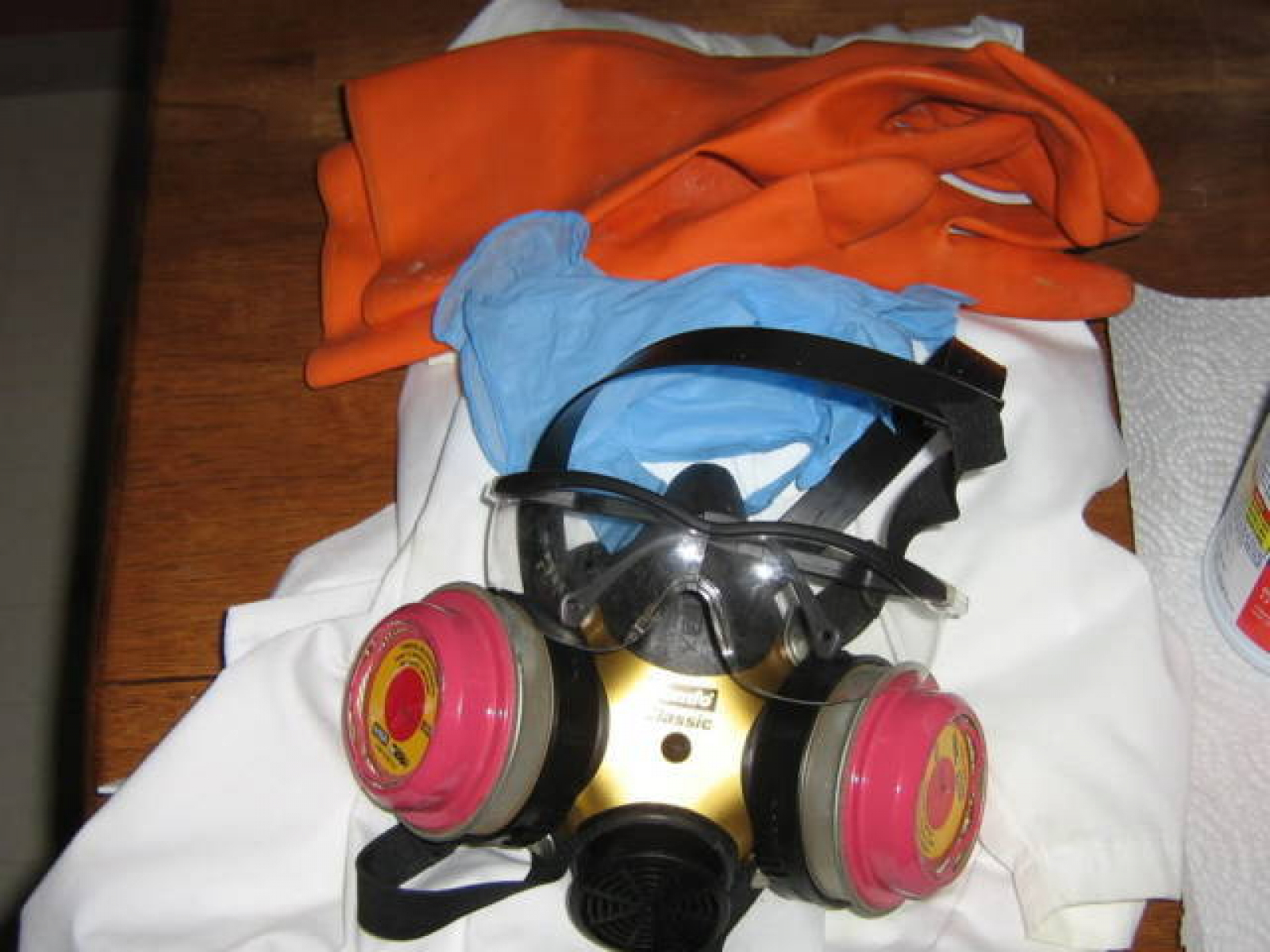
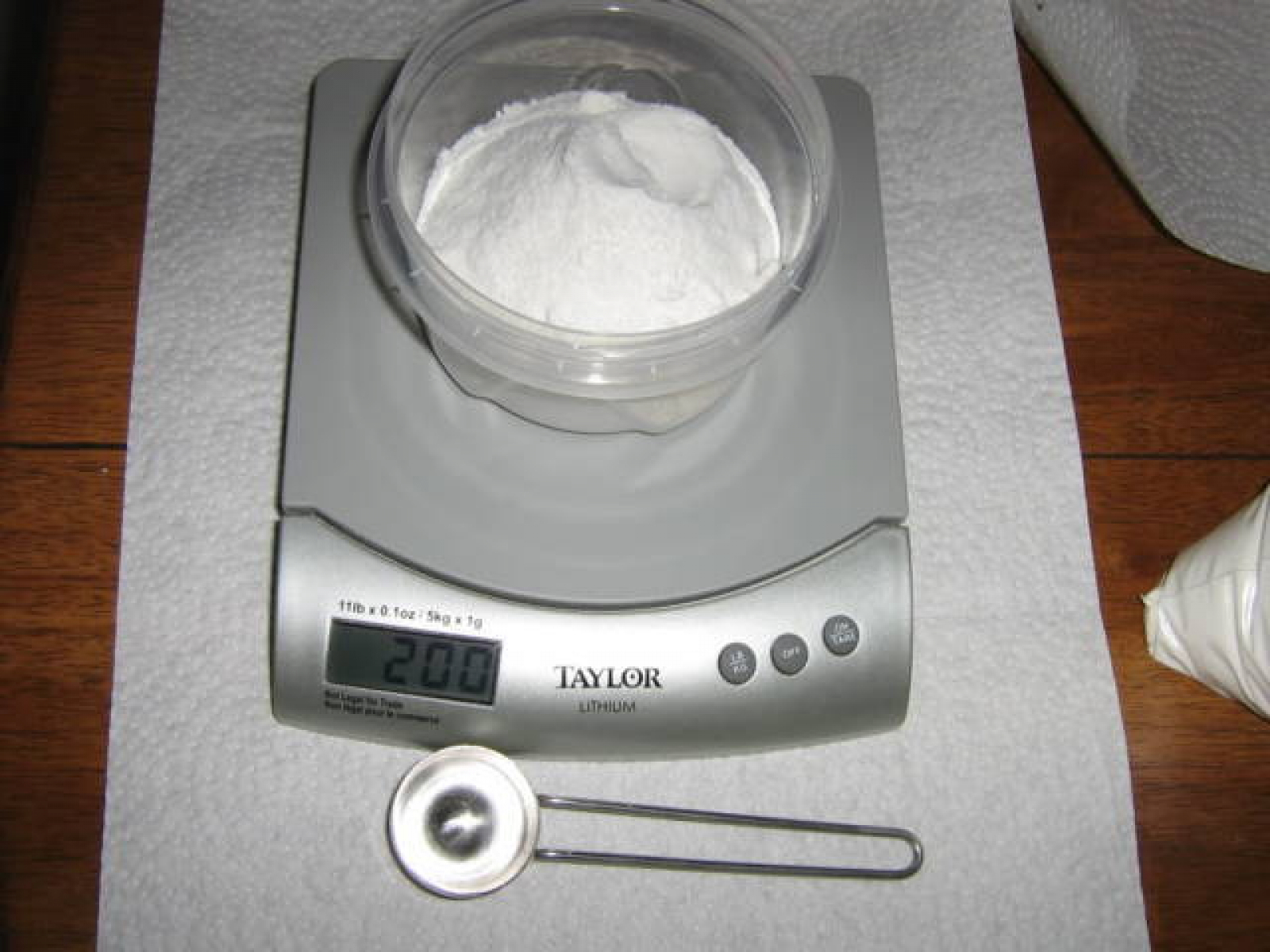
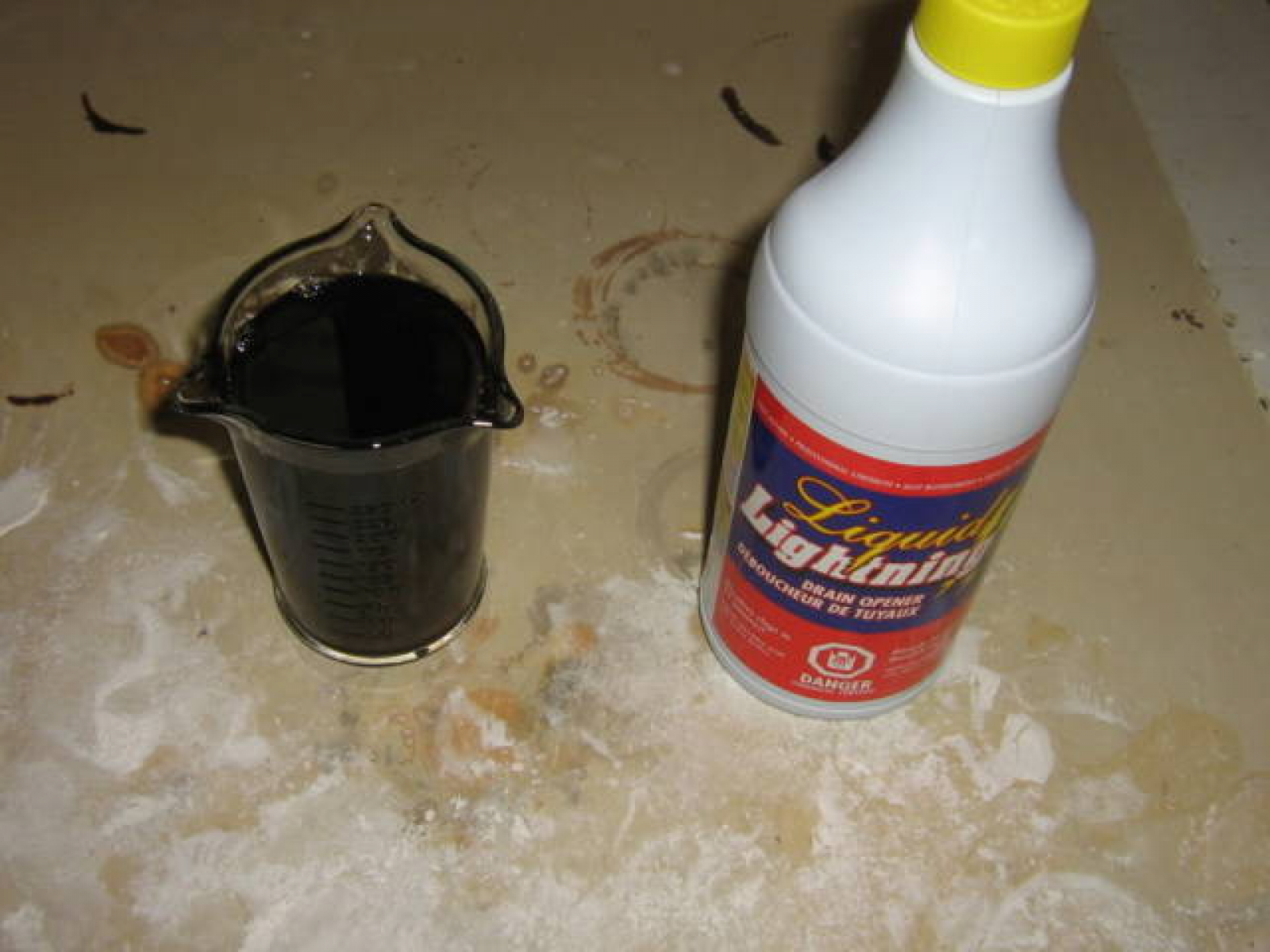

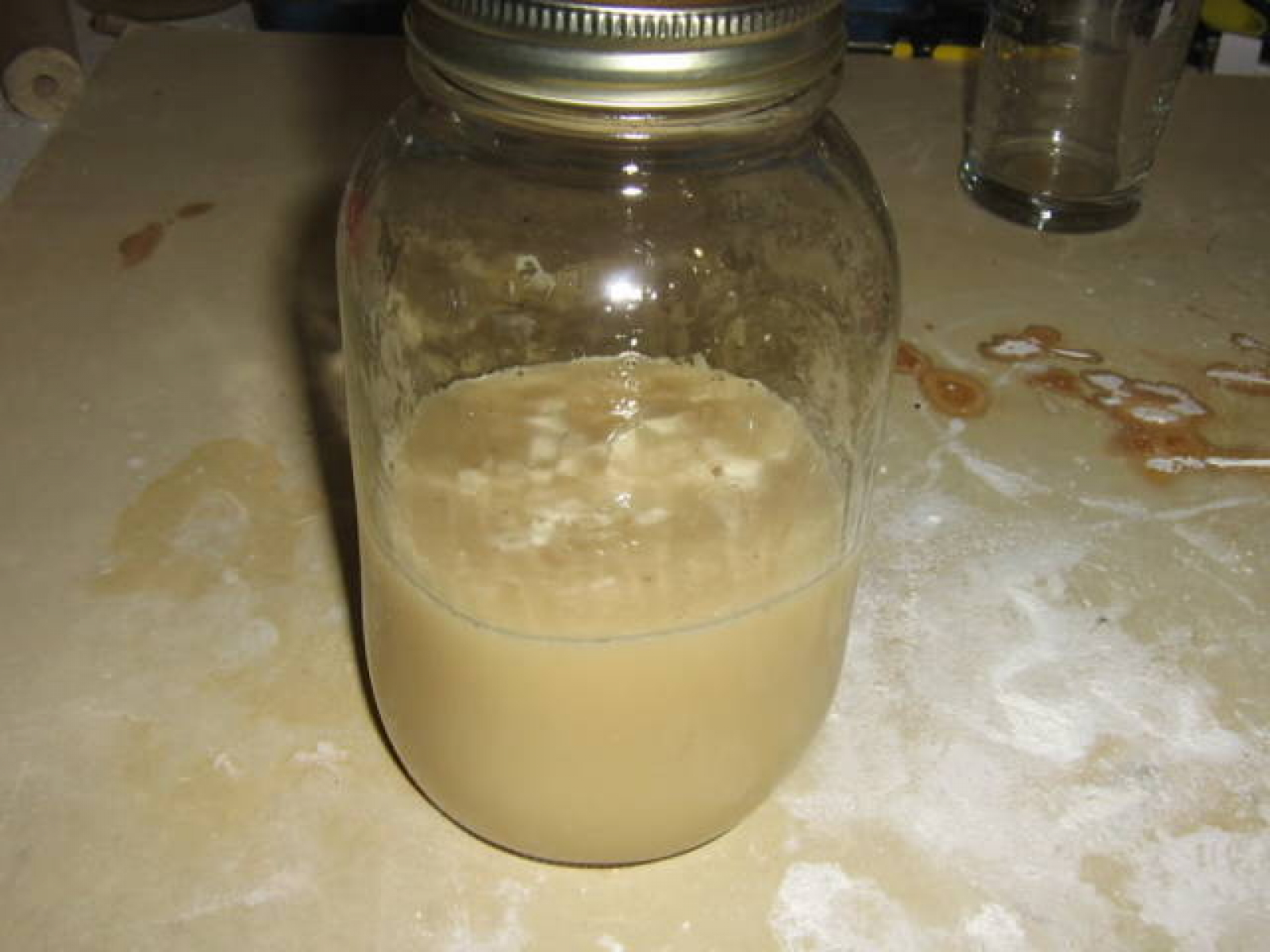
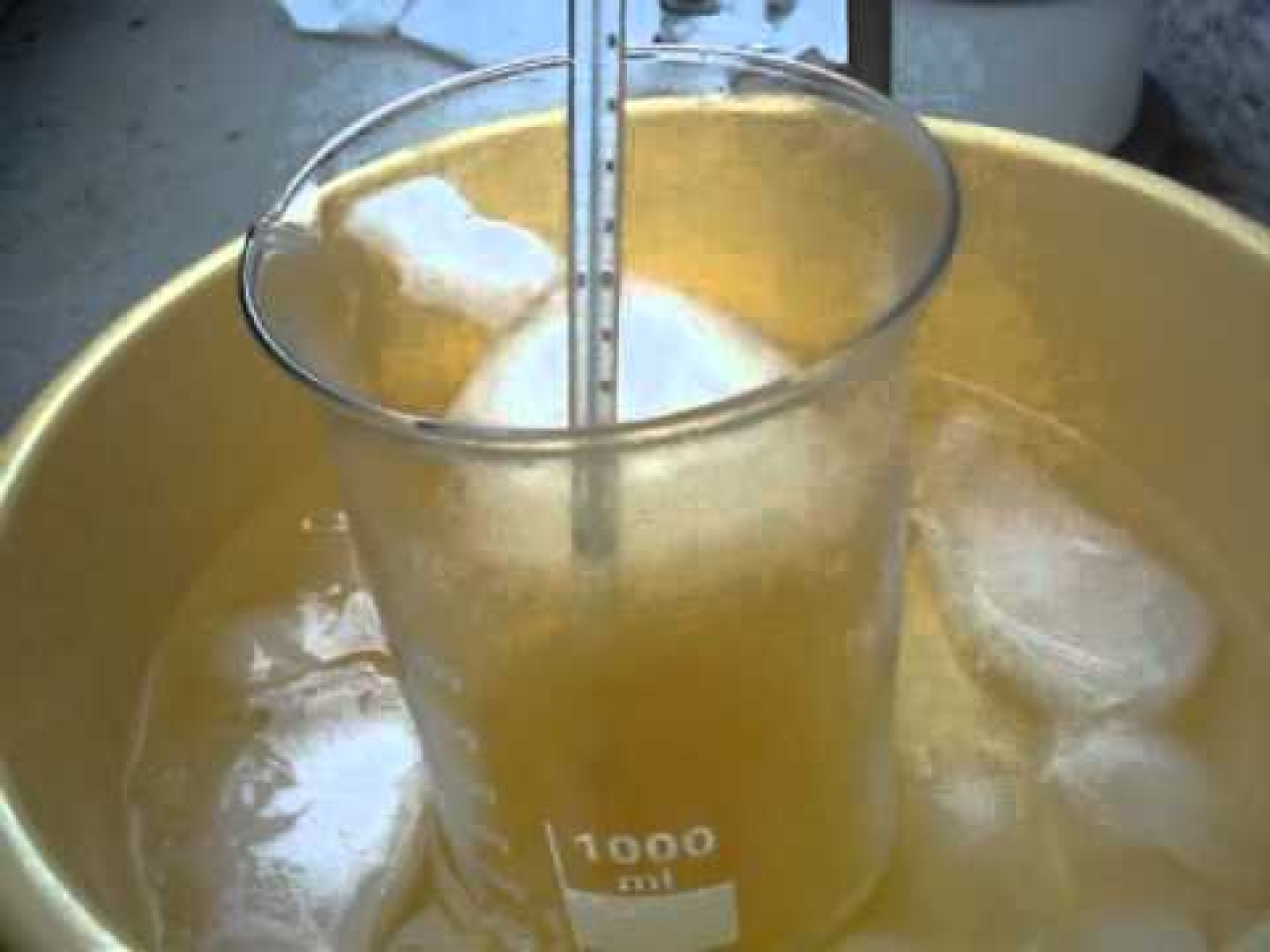
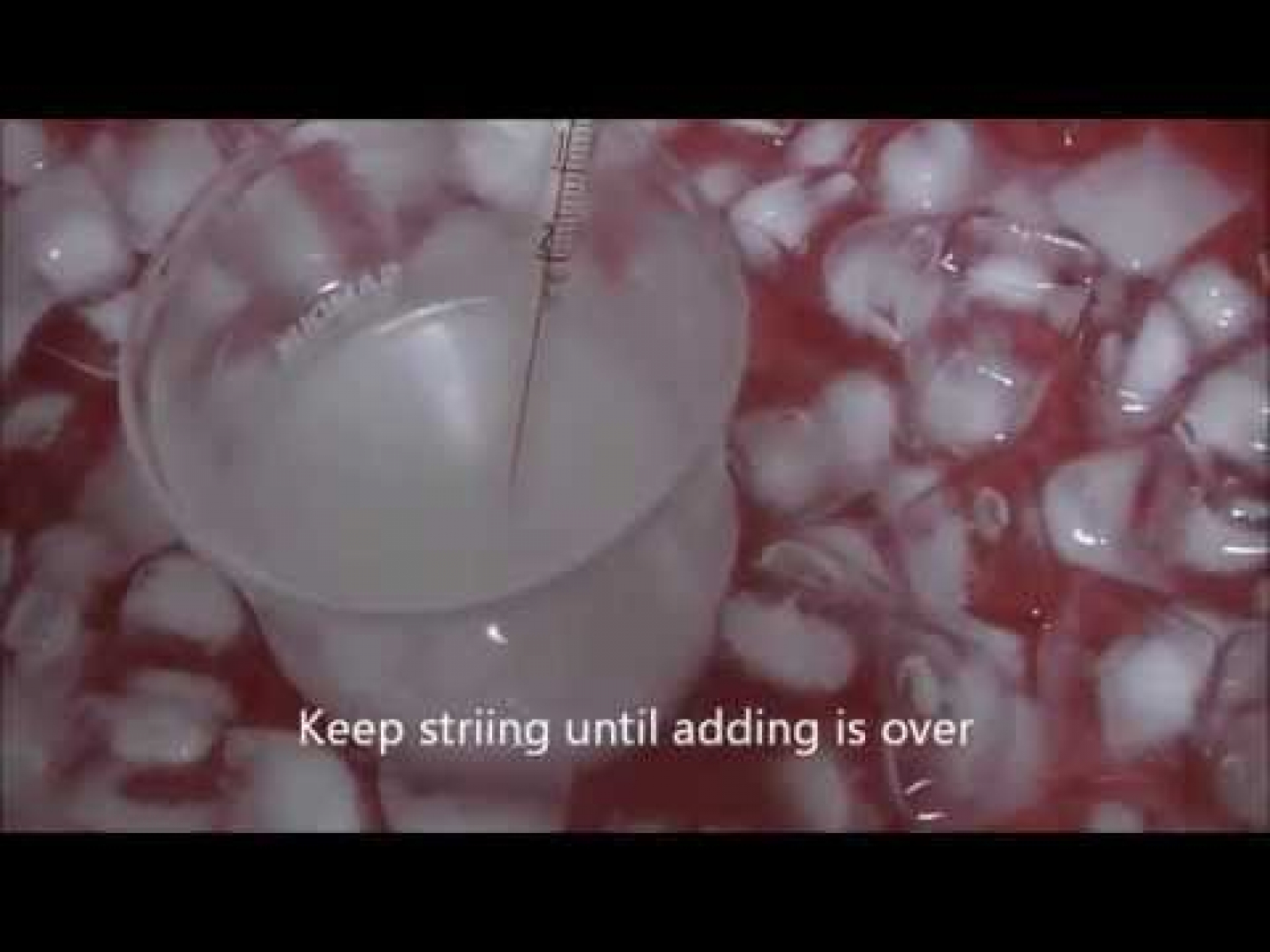

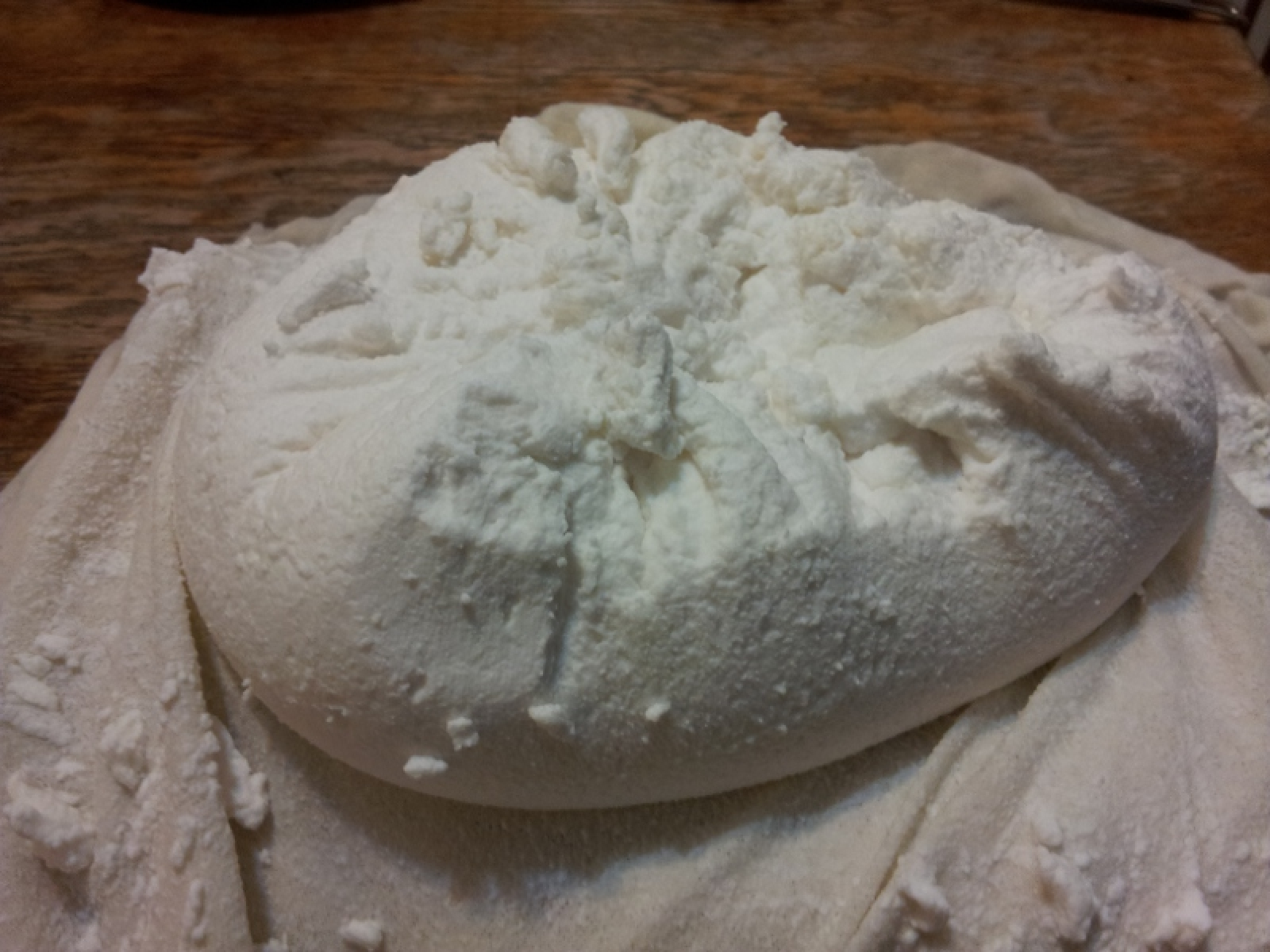
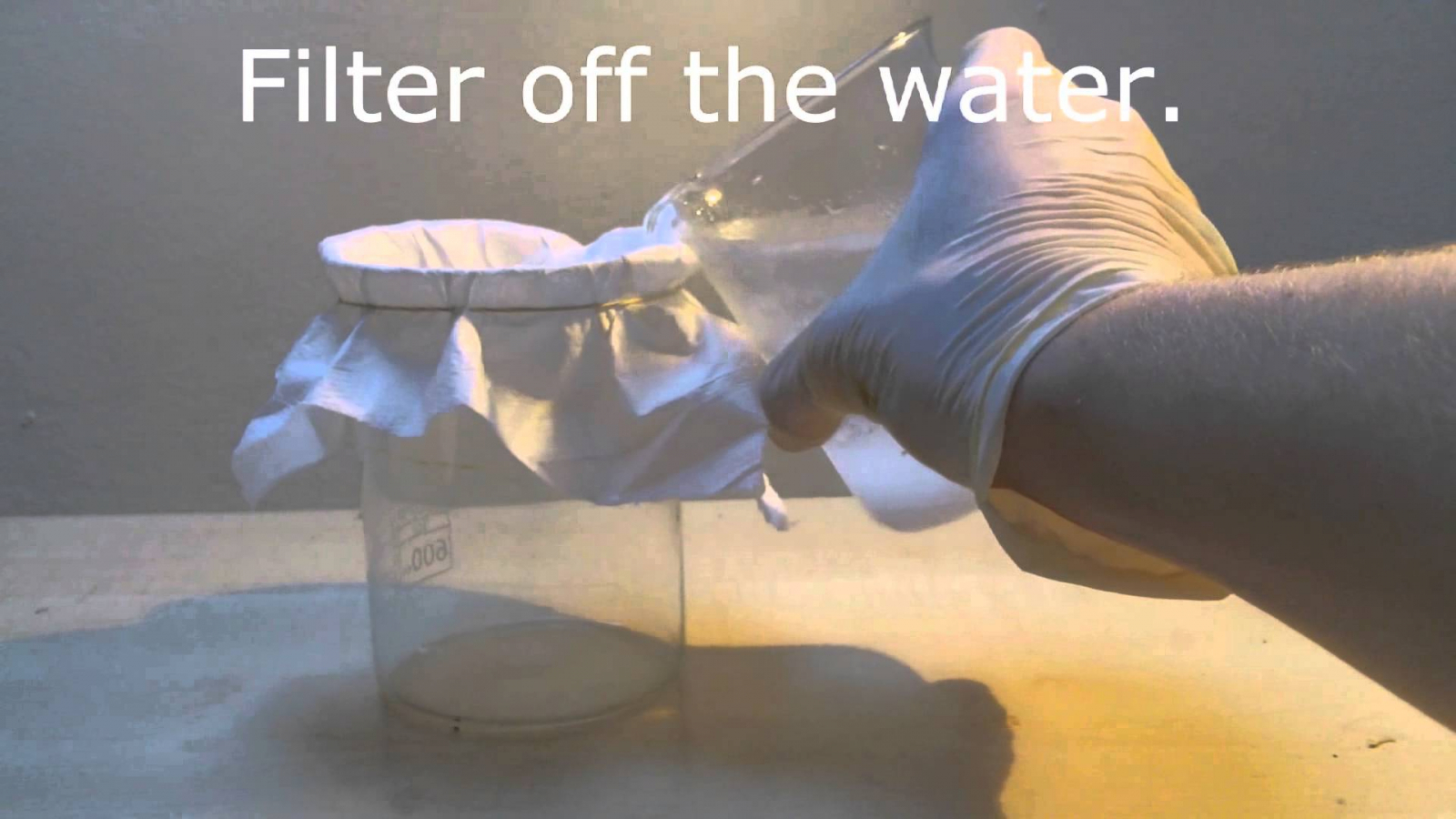
Supplies
You're going to need: * 50g Erythritol* 200g Ammonium Nitrate* 300mL Sulfuric Acid (>90% concentration),* Scale with minimum 1g precision (0.1g is preferred), * Jar for your reaction vessel and a large acid resistant spoon * A glass measuring cup* A manual drip coffee maker for filtration and cone type coffee filters* A plastic bucket and temperature probe* Sodium bicarbonate for neutralizing excess acids
Safety First
Now for the most important part: Safety equipment. In this reaction you will be dealing with concentrated strong acids, nitric acid vapours, and potentially nitrogen dioxide fumes. Gloves and eye protection are an absolute must, and a respirator with acid fume/toxic gas rated cartridges is highly recommended. A lab coat should be worn as well to prevent acids from splashing onto your arms.
Dry and measure Ammonium Nitrate
Begin by drying the ammonium nitrate (Will be referred to as AN from now on) in an oven for several hours at about 100*C. This should drive off as much moisture as possible and ensure that you don't dilute the nitric acid we will be producing a few steps down. Powdering the material is optional, but it helps it dissolve more quickly.Once the AN is dried, weigh out 200g of the material.
Measure out H2SO4
Now measure out approximately 300mL of your sulfuric acid. This particular brand has a concentration of 94.2%, but it also contains large amounts of carbon and other organic materials which give it a dark brown coloration. Fear not, for we will see in the coming steps that this doesn't matter. Then add this to your reaction jar.
Add nitrate to Acid
Now add the AN in several large portions. Once it's added, *loosely* cap the jar and swirl it around to dissolve the solid material. The reaction is quite exothermic, and it will heat up quite a bit.
Reaction #1
What's happening here is a double replacement reaction:H2SO4 + NH4NO3 --> HNO3 + NH4HSO4The reaction produces nitric acid and ammonium bisulphate, and as you can see, the hot nitric does a rather nice job of oxidizing the organic impurities in the sulfuric and clearing the solution up.This reaction is designed with AN as the limiting reagent, meaning you end up with a standard HNO3/H2SO4 nitrating mixture with a ~50% excess of acids to allow the nitration mechanics to work properly, and a large amount of dissolved NH4HSO4. Fortunately, the salt does not interfere with the reaction.Once the AN has completely dissolved, place the reaction vessel in a freezer and allow it to cool down to below room temperature. While you're waiting, weigh out 50g of Erythritol.
Cool the nitrating solution
After about an hour, remove the container. The liquid inside should be a light yellow colour, which is characteristic of dissolved nitrogen oxides. Check the temperature. It should be between 10 - 20*C; if it's higher, toss it back in the freezer. Place the vessel in a large volume of cold water to regulate the temperature during the synthesis. 20*C is close to ideal, as ETN is not very prone to high temperature runaways.
Reaction #2
Begin adding the Erythritol in 1 tablespoon portions, stirring after each addition to dissolve the material. About halfway through the additions, you'll start to see a white precipitate forming, and the mixture will begin to get very thick. Keep stirring and check the temperature. It should be around 20*C.
Dilute the solution
The reaction now needs to be crashed into a large volume of water to dilute the acids, precipitate the ETN, and bring the ammonium bisulfuate into solution. The amount of water isn't too critical, but you want it to be at least 10 times the original volume of H2SO4. In this case, that would be about 3L. With 10 volumes of water, the waste acid will be diluted to about 20% m/V, and the precipitate will require a lot of washing to avoid having to use a ridiculous amount of bicarbonate for neutralization. Fill your bucket with 6-9L of water. Distilled water is preferable. Once it's all into the bucket, stir to ensure all of the NH4HSO4 has dissolved.
Re-Dilute and Neutralize acidity
Squeeze the excess water out of a filter and return the solid material to the bucket. Add 2-3L of water and stir to bring it into suspension. Then add a 50g/L solution of sodium bicarbonate until the fizzing stops. Then add some excess to ensure all of the acid is neutralized.
Filter again, Then dry
Filter the mixture again, squeeze out the excess water, then break the chunk of material up. After that, spread the stuff out on a sheet of newspaper or paper towels and allow it to dry. This will take several days in stagnant air, and may be assisted by fan. As it dries, it will change from slightly beige chunks to a white powder.